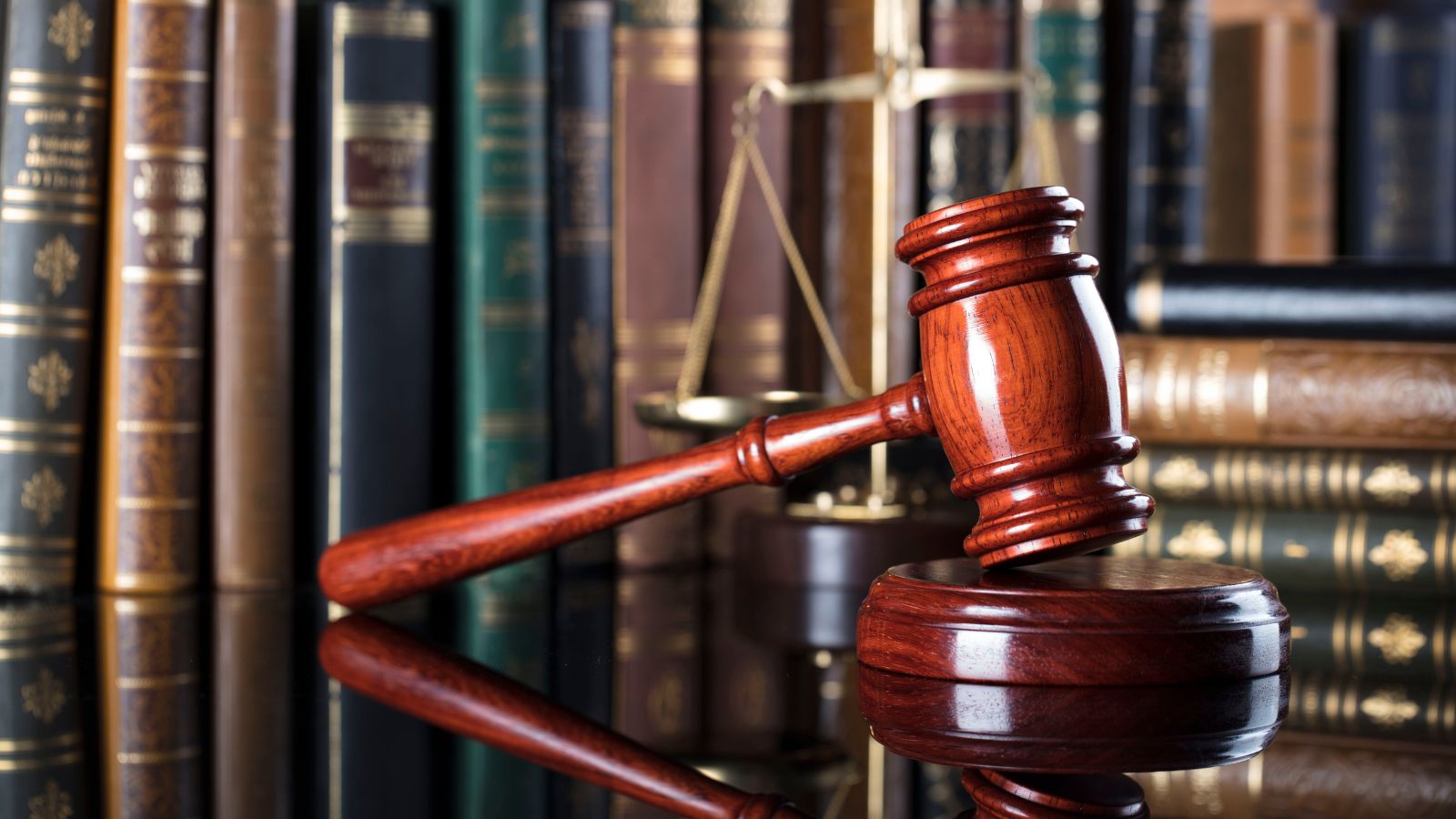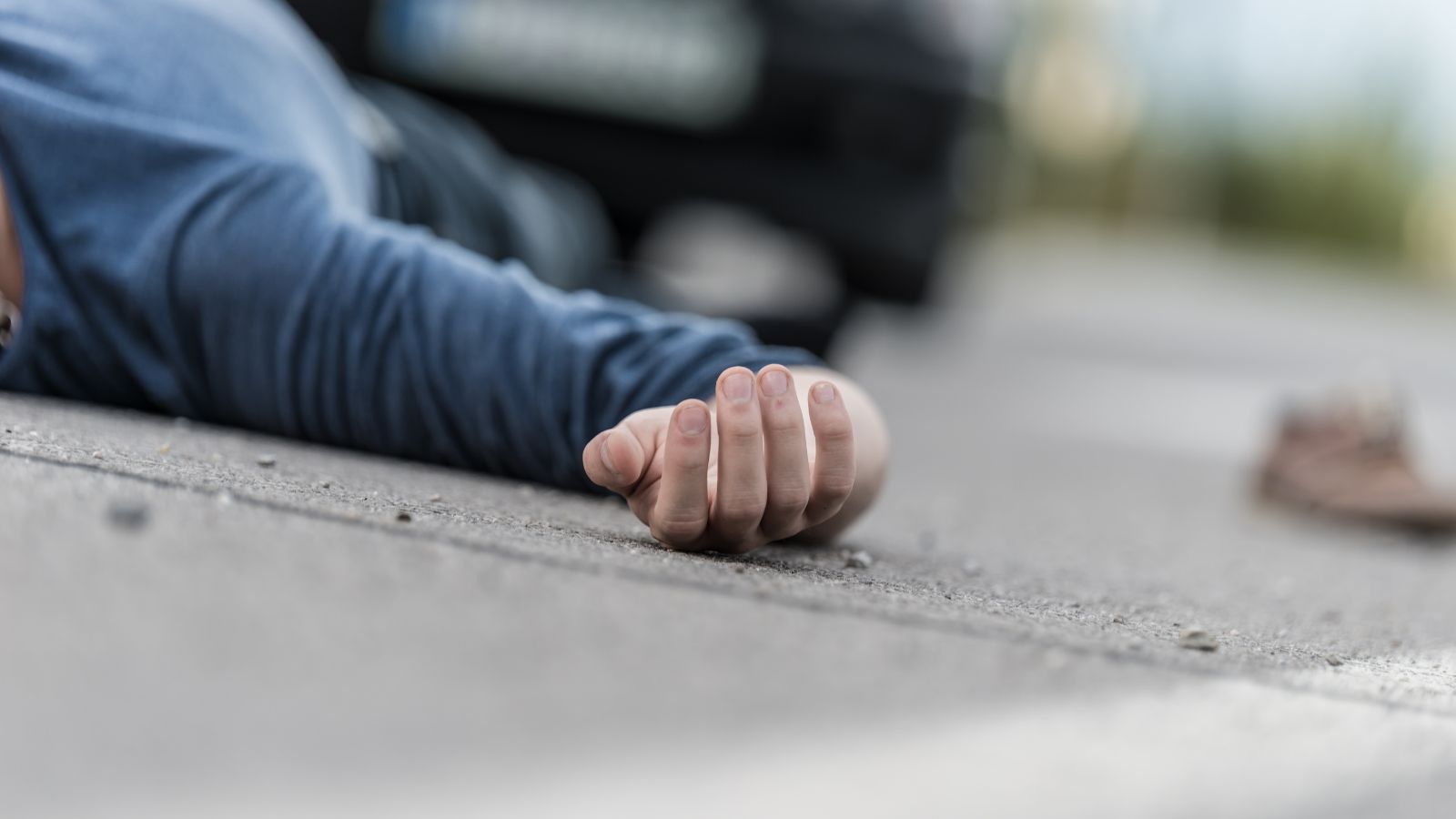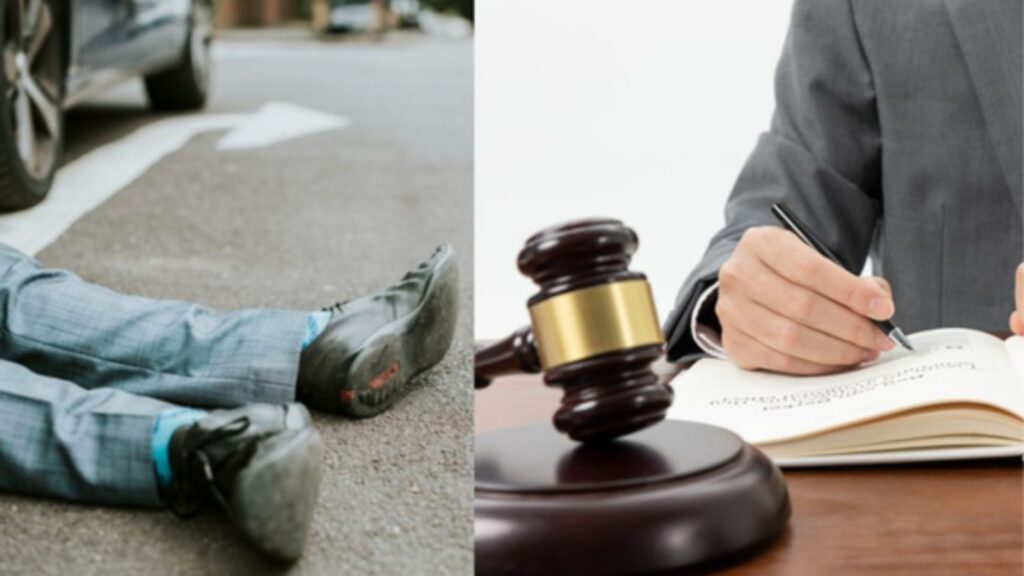Thousands of people are impacted by pedestrian accidents each year, which is an increasing concern in today’s fast-paced world. Awide range of injuries, from small scrapes to life-altering trauma, can result from these accidents. Knowing the injuries that are frequently caused by pedestrian accidents might help you manage your recovery if you have been hurt in one.
To make sure you get the justice and compensation you are entitled to, it is crucial that you seek the guidance of a good pedestrian accident lawyer.
The sections below talk about some injuries that are common among pedestrian accident victims.
Brain Injuries And Head Trauma
Head trauma is among the most serious consequences of pedestrian accidents. From minor concussions to serious skull fractures, traumatic brain injuries (TBIs) can take many forms.
Dizziness, memory loss, and even long-term cognitive difficulties are among the symptoms that victims might experience.
A severe head injury sustained in a collision can have a major impact on a person’s quality of life; therefore, getting medical help right away is essential. The aftereffects of brain injuries frequently call for lengthy rehabilitation and specialized care.

Back And Spinal Cord Injuries
Back and spinal cord injuries are common outcomes of pedestrian accidents. Serious nerve injury, vertebral fractures, or herniated discs might result from a sudden impact. In the worst scenarios, spinal cord injuries might cause partial or total paralysis, which would change the victim’s life forever.
Even minor back injuries can result in limited mobility and chronic pain, necessitating extended recovery time and physical therapy. In order to treat these injuries quickly and prevent long-term problems, a proper medical evaluation is essential.
Fractures
One of the most common injuries reported in pedestrian collisions is a fracture. The ribs, arms, legs, and pelvis are particularly vulnerable because of the direct impact of falls or cars.
In addition to being extremely painful, broken bones require lengthy recovery periods and frequently call for surgery, casts, or physical therapy. Compound fractures, in which the bone sticks out of the skin, carry a higher risk of infection and other complications. These injuries can impair an individual’s mobility either permanently or temporarily, which can have an impact on their daily routine and ability to earn a living.
Soft Tissue Damage
Even though soft tissue injuries like strains, sprains, and ligament tears might not look serious, they can, nevertheless, be very uncomfortable. When pedestrians are struck by cars, the intensity of the collision frequently causes whiplash, damaged ligaments, or bruises. These injuries can limit physical activities and have an impact on one’s general well-being because they can take weeks or even months to heal. Soft tissue injuries may not be seen right away, but if treatment is not received, they can get worse over time, so early detection and care are crucial.
Internal Injuries
In a pedestrian accident, blunt force trauma can cause serious internal injuries. Internal bleeding frequently comes with damage to organs, including the lungs, liver, or spleen. Although these injuries might not immediately exhibit any symptoms, they have the potential to quickly become life-threatening. To avoid complications, these injuries need immediate medical attention. Even in cases where there are no visible injuries, it is crucial to seek a medical assessment.

Psychological And Emotional Damage
Accidents involving pedestrians have effects that go beyond just injuries to the body. Emotional trauma affects many victims, leading to conditions like depression, anxiety, and post-traumatic stress disorder (PTSD).
In addition to physical discomfort and the disruption of routine, the sudden nature of the event may cause long-lasting emotional damage. Victims may have anxiety when crossing the street or lose faith in their own abilities to get better. Support groups and professional counseling are frequently required to help manage the psychological consequences of such events.



